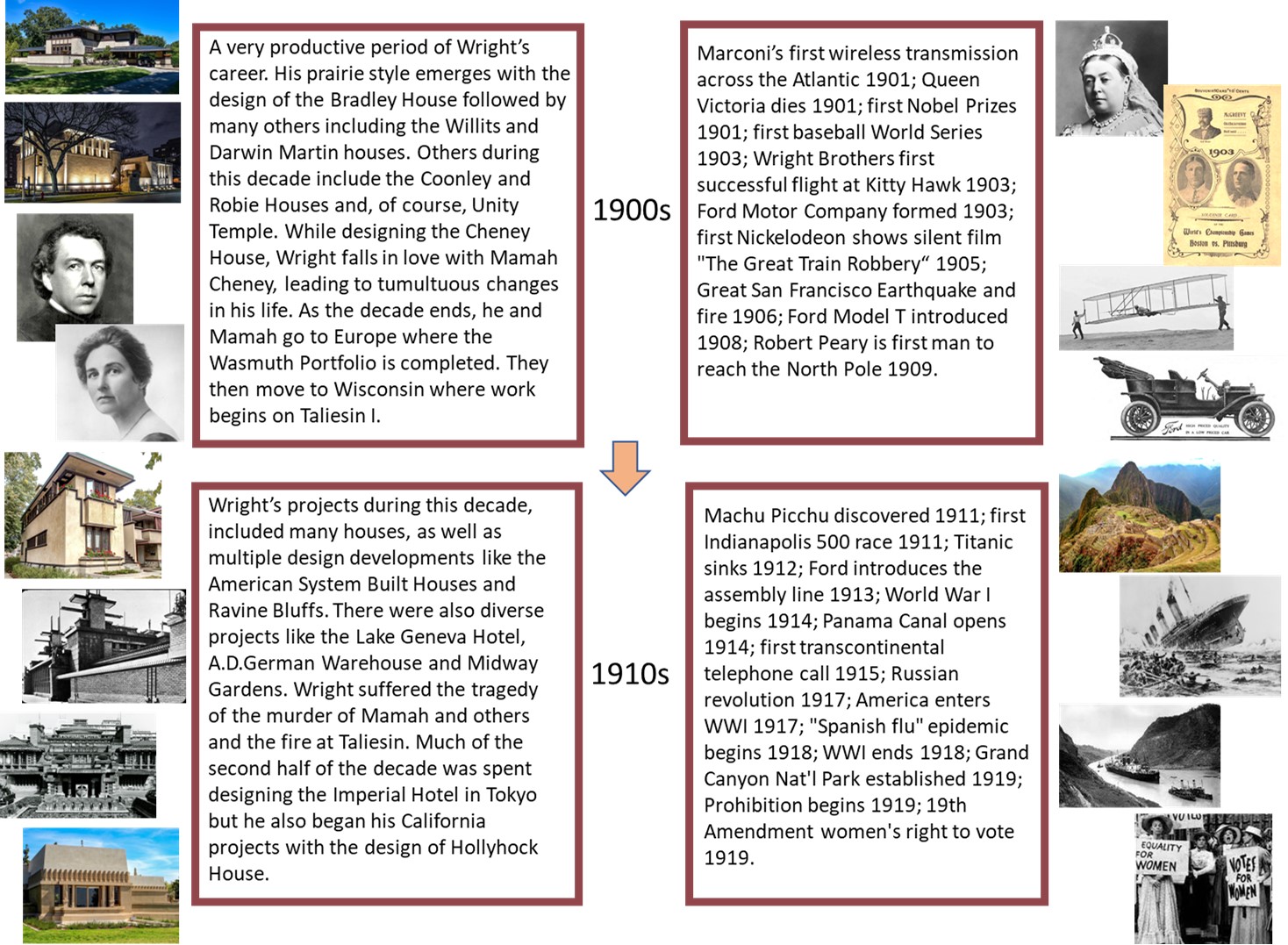 “Architects may come, and architects may go, and never change your point of view. When I run dry, I’ll stop awhile and think of you.” Poet and songwriter Paul Simon, from So long, Frank Lloyd Wright.
“Architects may come, and architects may go, and never change your point of view. When I run dry, I’ll stop awhile and think of you.” Poet and songwriter Paul Simon, from So long, Frank Lloyd Wright.
For those of us who have acquired a deep appreciation of the works of Frank Lloyd Wright, that simple statement resonates deeply. We know what the poet meant, and there really is no better way to say it. When you experience any of Wright’s great works, of which Unity Temple is one, you may feel moved, inspired, and perhaps for a time, emotionally restored. It’s a commonality that those of us who love and appreciate his work share. Very few architects have produced work that can affect us so deeply.
For me personally, I had that feeling for Wright’s work early on. Having had the privilege of growing up in River Forest, I spent my childhood summers on my Schwinn bicycle, soaking in the beautiful architecture in all the various styles and forms. At the age of 10, I didn’t know much about styles, but I knew what I liked, grand stately mansions in the English half-timber style, stone castles, and French Provincial houses were the focus of my rides about town. But one summer afternoon, on a long adventurous ride, I found an off-the-grid street that I thought I had personally discovered, one that no one else knew about, named Auvergne Place. It was there that I discovered, at the age of 10, a most unusual house, far different from all the others.
I stopped. I just sat there on my bike and just stared at it. In my memory, I believe I was somewhat transfixed by it. I could not understand it, but somehow, even as a kid, I was moved by it. Was it the geometry of the façade? The elegant proportions of its mass? The contrasting textured surfaces of the walls? Perhaps it was the sense of repose, sitting there so majestically, that it projected? I knew nothing about Frank Lloyd Wright, and less about architecture, but from that point on, I knew that house! It has been on many of my bike rides ever since, from childhood, into adulthood, and even now. The Winslow House opened my eyes. It touched me, somehow.
I had a similar experience at age 14. Walking home from high school, down Lake Street, I would pass by a most unusual building. I could not understand it. What was it about that building that made me stop and stare. My high school buddies were not so affected. They would pull on me, come on, they would say, it’s just a mausoleum or something. I still did not know who Frank Lloyd Wright was, but again, there it was, that sense of repose, those proportions, those massive columns up high, the monumentality of it all. Again, I was transfixed by it. It touched me, somehow.
On the way to Lorimer’s poolhall one day after school, I decided to peek inside. That space, the Sanctuary, the heavenly light from above, it took my breath away! That was Unity Temple.
And now, I’m an old guy, and in some ways, my life has come full circle. I live in Oak Park, with my wife Susan, in our restored modest bungalow where we raised our two children. I still can be found riding my restored Schwinn bike around town, admiring all the beautiful architecture, occasionally stopping, sometimes transfixed by the works of Frank Lloyd Wright, among many other beautiful homes and buildings in Oak Park and River Forest.
My grandson Jude spends part of the summer here in Oak Park. At the age of four, he has already experienced Taliesin West, which he deemed “a great house.” He has visited the Winslow House, and thanks to the kindness and friendship of the current owners, he will get to know it much better, inside and out. He has walked Forest Avenue, and made snow angels on Frank Lloyd Wright’s front yard. And thanks to the courtesy and friendship of the director of the Unity Temple Restoration Foundation, he was able to tour the inside of Unity Temple too. Perhaps like his grandfather, all those many years ago, he too will be transfixed by the beauty of the place.
Perhaps he too will live an inspired life, as I have. Thank you, Frank Lloyd Wright, for changing my point of view.
by Richard Katz, UTRF Member, architect and lawyer





